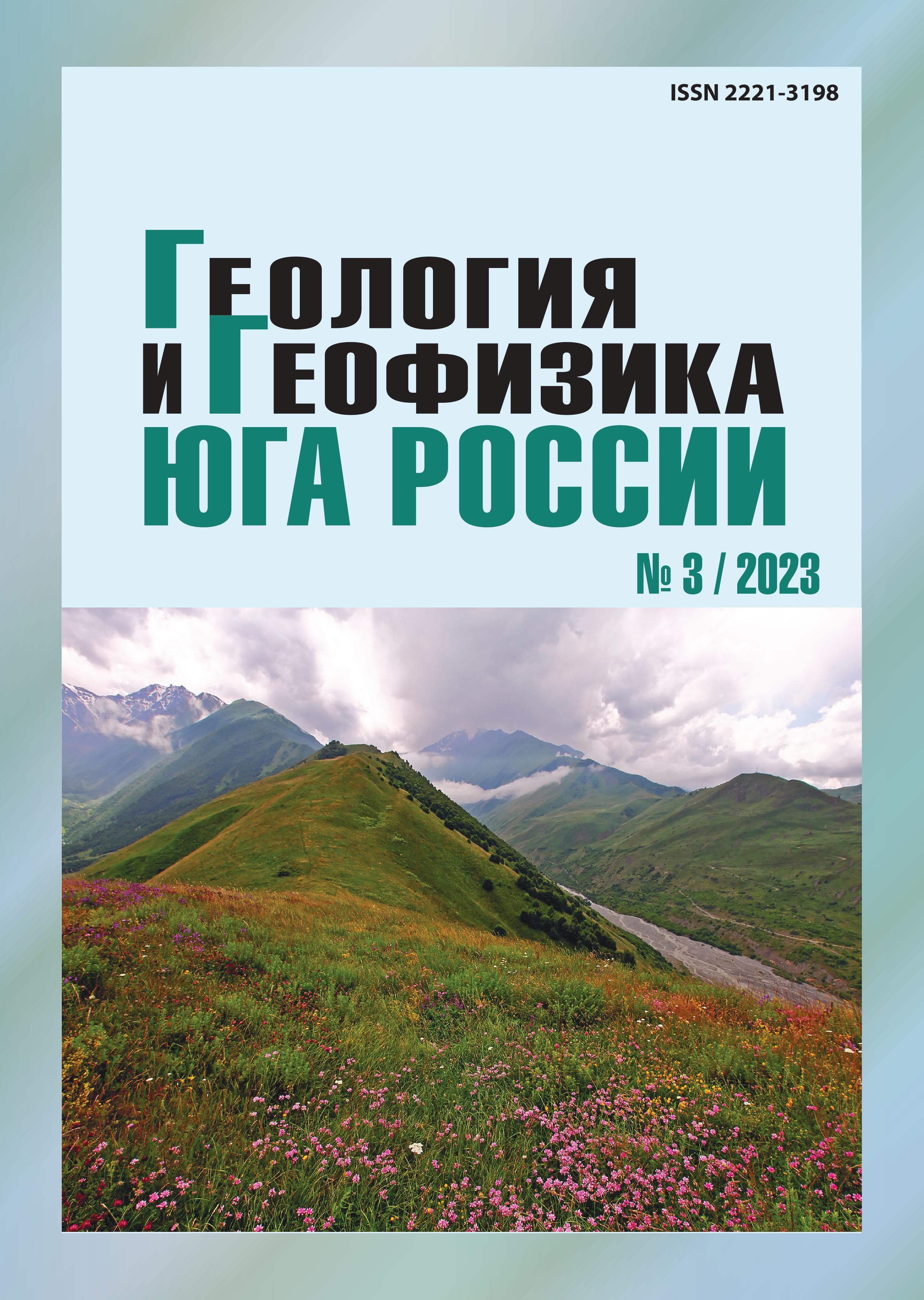Seismological indicators of geodynamic conditions of earthquakes formation in Turkey in 2023
Abstract
Relevance. The colossal scale of the disasters caused by the catastrophic earthquakes in Turkey and Syria on February 6, 2023, and the high seismic activity for a long time caused reasonable concerns among the population of neighboring regions. They concerned the possibility of shifting the area of high seismicity to neighboring territories and the occurrence of catastrophic earthquakes within them. These factors determined the relevance of the study of this seismic process, its main aftershocks and numerous aftershocks. Aim. Analysis of the spatial-temporal distribution of seismicity, study of changes in the stress-strain state of the Earth's crust of the region during its high seismic activity, as well as identification of geodynamic conditions of seismogenesis. Methods. The method is based on the algorithm of spatial-temporal and kinematic analysis of data on focal mechanisms of earthquakes. Results. The quantitative ratio of different types of earthquakes for which focal mechanisms were obtained (130 foci in total) showed that most of them (47%, including the catastrophic tremors of February 6) are shear. Their formation is equally likely both in conditions of compression and during stretching of the Earth's crust. To a lesser extent (38% of foci), stretching conditions were manifested. And only 15% of the focal mechanisms correspond to the conditions of compression of the earth's crust of the region. Regularities (segmental character) in the distribution of orientations of compression and stretching axes of seismogenerating stress fields are established. It is shown that in the totality of foci for which the kinematic conditions of their formation (stretching or compression of the Earth's crust) are identified, those that reflect the influence of tensile stresses on the processes of seismogenesis dominate. In this case, the orientations of the stretching axes form a contrasting maximum in the direction of 295-310º. At the same time, the compression axes form low-contrast maxima in many directions. This indicates the relatively stable nature of the conditions of stretching of the Earth's crust and the high variability of the stress fields that predetermined the compression conditions in the study area. As a result, according to a set of features, it was found that the conditions of stretching of the Earth's crust in the latitudinal and south-easterly directions dominated in the region, due to the divergent nature of the interaction of the Anatolian subplate with the rest of Arabia along the zone of the East-Anatolian fault.


